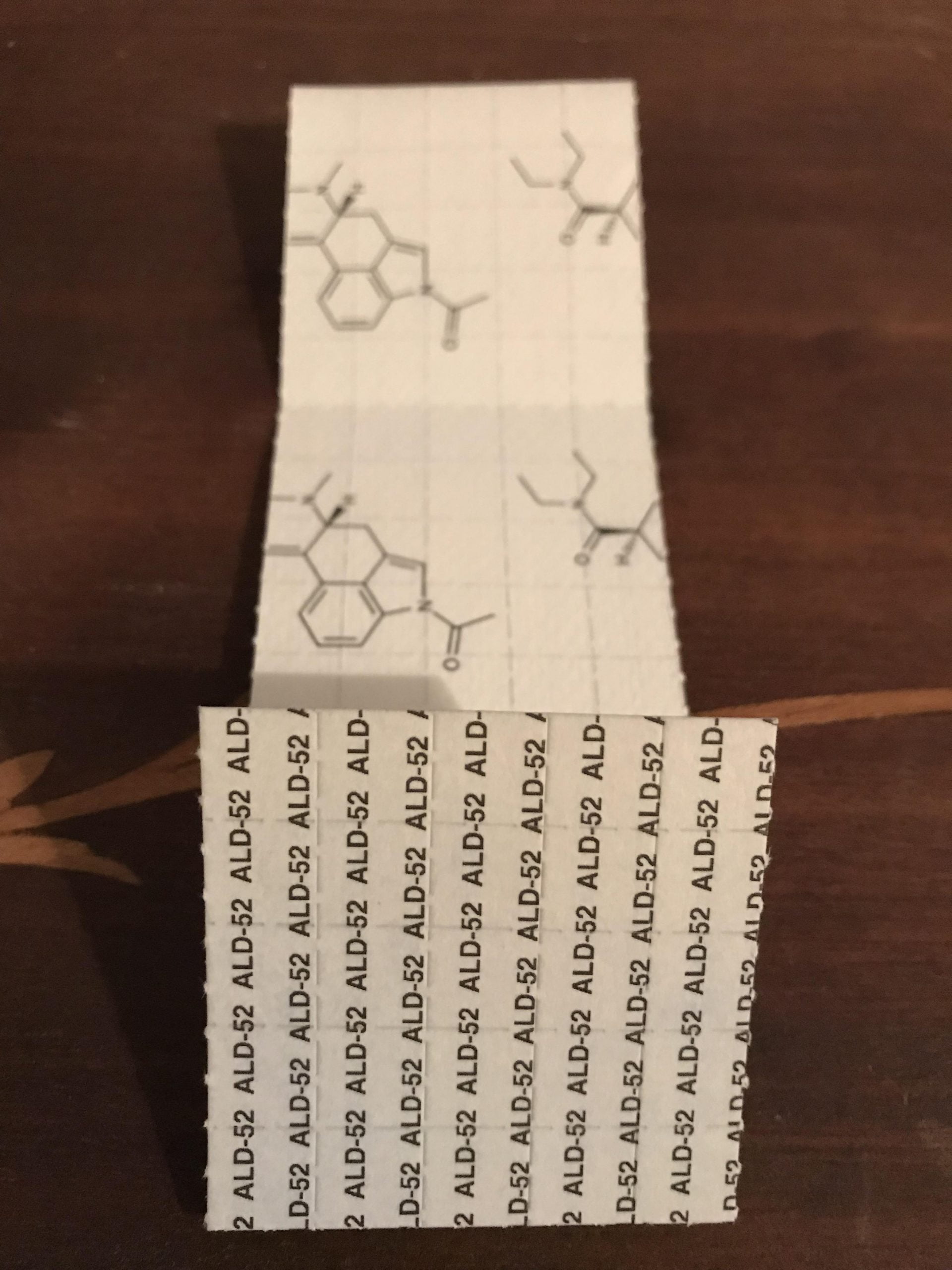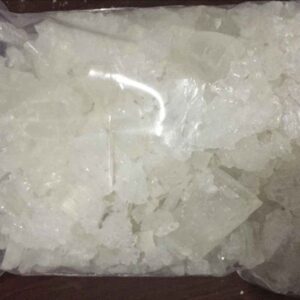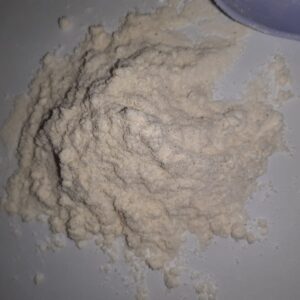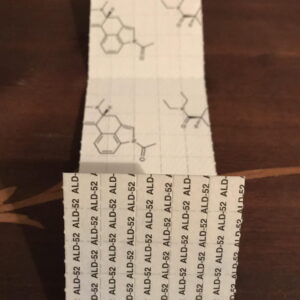ALD-52: A Comprehensive Guide
Introduction
ALD-52 is a synthetic compound that belongs to the lysergamide family. It is a prodrug of LSD, which means that it is converted to LSD in the body. The compound was first synthesized by Albert Hofmann, the famous Swiss chemist who also discovered LSD.
Chemical Properties
ALD-52 has a molecular weight of 349.46 g/mol and a molecular formula of C22H27N3O2. It is a white crystalline powder that is soluble in water and other solvents.
History of ALD-52
ALD-52 was first synthesized in the 1950s by Albert Hofmann and his colleagues. It was originally thought to be a potent psychoactive substance in its own right, but later studies revealed that it is actually a prodrug of LSD. Despite its close relationship to LSD, ALD-52 remained largely unknown outside of scientific circles until the early 2000s, when it began to appear on the underground research chemical market.
Effects of ALD-52
ALD-52 is known for its psychedelic effects, which are similar to those of LSD. These effects include altered thinking, perception, and mood, as well as visual and auditory hallucinations. The duration of these effects can last up to 12 hours, with the peak effects occurring between 2 and 4 hours after ingestion.
Legal Status
ALD-52 is a Schedule I controlled substance in the United States, meaning that it is illegal to buy, sell, or possess without a license. It is also illegal in many other countries around the world.
Conclusion
ALD-52 is a synthetic compound that belongs to the lysergamide family. It is a prodrug of LSD and is known for its psychedelic effects, which are similar to those of LSD. The compound was first synthesized by Albert Hofmann and his colleagues in the 1950s, and it has since gained popularity among some individuals in the underground research chemical market. However, it is important to note that ALD-52 is a Schedule I controlled substance in the United States and is illegal in many other countries as well.






Reviews
There are no reviews yet.